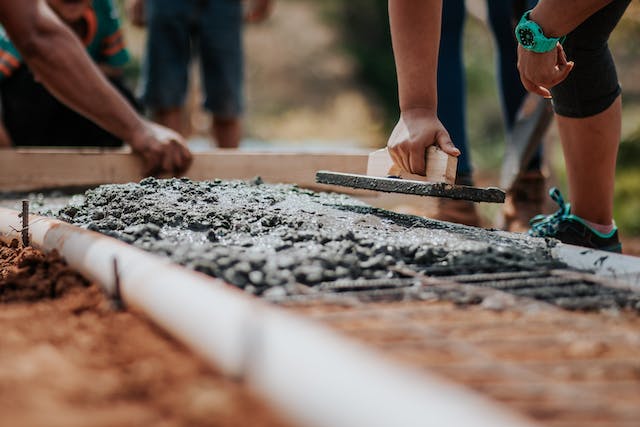Ensuring a Solid Roof Overhead: A Comprehensive Guide to Fort Worth Roof Repair
Introduction: A sturdy roof is a fundamental aspect of any home, protecting it from the harsh elements and ensuring the safety and well-being of its inhabitants. Fort Worth, with its diverse weather patterns, ranging from scorching summers to occasional hailstorms, demands special attention when it comes to roof maintenance. In this blog, we will delve into the importance of roof repair in Fort Worth roof repair, the common issues faced by homeowners, and the steps to take for effective repairs.
The Significance of Roof Repair in Fort Worth: Fort Worth, situated in North Texas, experiences a range of weather conditions that can take a toll on roofs. Intense sunlight, heavy rains, hailstorms, and occasional windstorms are part of the climatic challenges faced by homeowners. Neglecting roof maintenance in such an environment can lead to severe consequences, including water damage, structural issues, and compromised safety.
Common Roof Issues in Fort Worth:
- Hail Damage: Fort Worth is no stranger to hailstorms, especially during the spring season. Hail can cause dents, cracks, and shingle damage, compromising the roof’s integrity.
- UV Radiation and Heat: Prolonged exposure to the Texas sun can accelerate the aging of roofing materials, leading to deterioration, discoloration, and reduced effectiveness.
- Wind Damage: Strong winds, common during storms, can lift or displace shingles, exposing the underlying structure and making the roof susceptible to leaks.
- Water Damage: Heavy rains, though infrequent, can result in water pooling on the roof, leading to leaks, mold growth, and structural damage.
Steps for Effective Fort Worth Roof Repair:
- Inspection: Regular roof inspections, especially after severe weather events, are crucial. Hire a professional roofing contractor to assess the roof’s condition and identify any potential issues.
- Shingle Replacement: For roofs with asphalt shingles, hail damage often leads to the need for shingle replacement. Promptly replacing damaged shingles helps maintain the roof’s protective barrier.
- Sealing Leaks: Water damage is a common concern, and leaks can develop over time. Identifying and sealing these leaks promptly is essential to prevent further damage to the interior of the home.
- Reinforcing Flashing: Flashing around chimneys, vents, and skylights can weaken over time. Reinforcing or replacing damaged flashing is crucial to prevent water intrusion.
- Addressing Structural Issues: If the roof’s structure is compromised due to wind damage or other factors, it’s essential to address these issues promptly to ensure the safety of the entire home.
